When discussing revolutionary cars, the usual suspects are the Ford Model T, the Volkswagen Beetle, and the Tesla Model S. But what about the unsung heroes? The cars that changed the game without getting the fame? Here’s a whimsical tour through automotive history, spotlighting eight overlooked gems that deserve more love.
Tucker 48
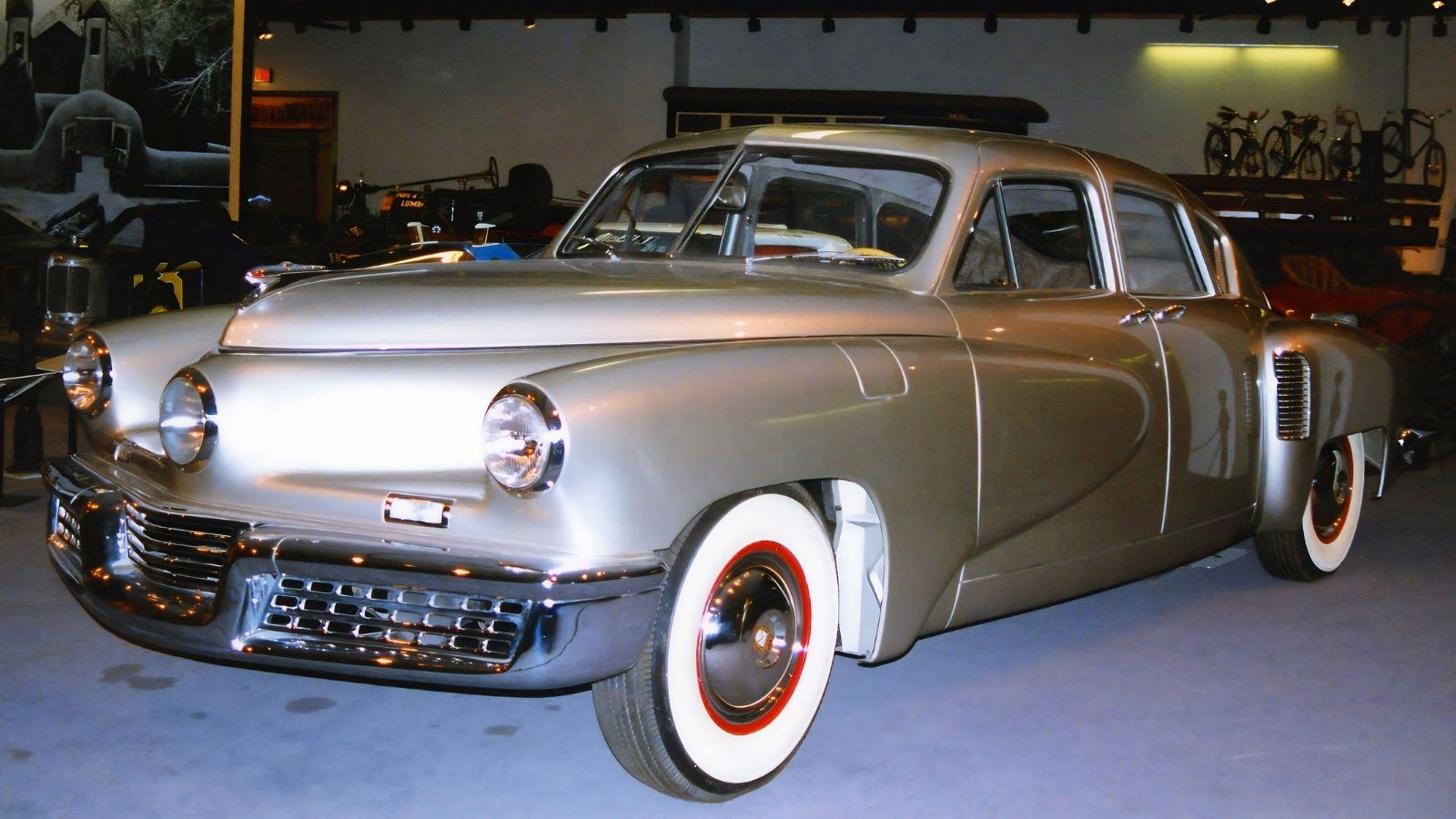
Imagine a car so ahead of its time that it was deemed a threat to the entire automotive industry. Enter the Tucker 48, also known as the Tucker Torpedo, a vehicle essentially a sci-fi concept brought to life. Launched in 1948 by Preston Tucker, this beauty boasted unheard-of features of a rear-mounted engine, a pop-out windshield, and a padded dashboard. It even had seat belts, which were considered sorcery back then. But alas, its brilliance led to its downfall, as Big Auto reportedly conspired to squash Tucker’s dream, leaving us to wonder what could have been if the Tucker 48 had become mainstream.
Citroën DS
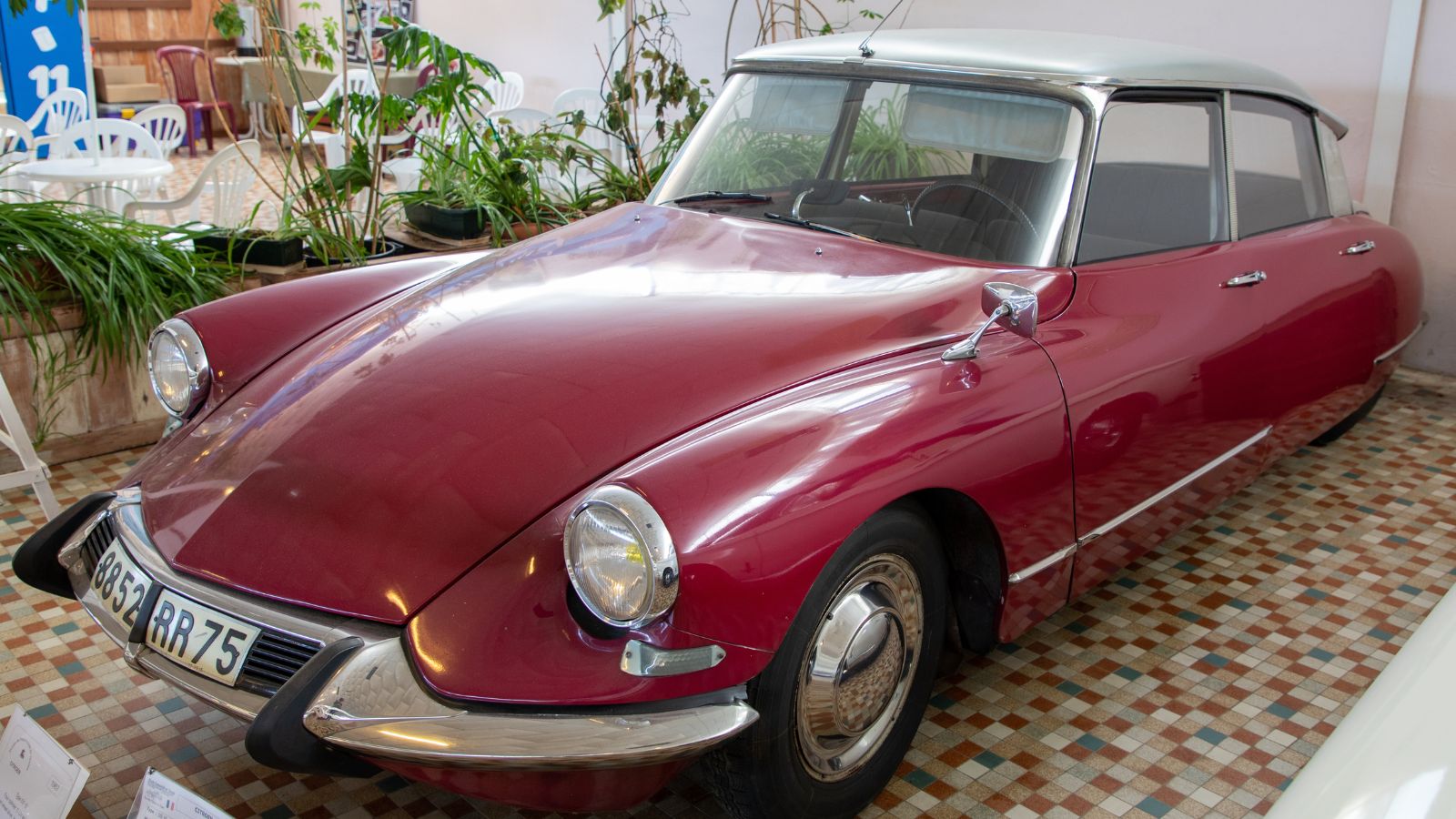
The Citroën DS looked like it drove straight out of a futuristic film set. It was introduced in 1955 and sported an aerodynamic design that made other cars look like rolling boxes. But it wasn’t just about the looks; the DS had a hydropneumatic self-leveling suspension system, power steering, and semi-automatic transmission. Driving one was akin to gliding on air and a sensation lost on many due to its limited popularity outside Europe. The DS was a true pioneer, showing us that cars didn’t have to be uncomfortable contraptions designed to shake your teeth on cobblestone streets.
AMC Pacer
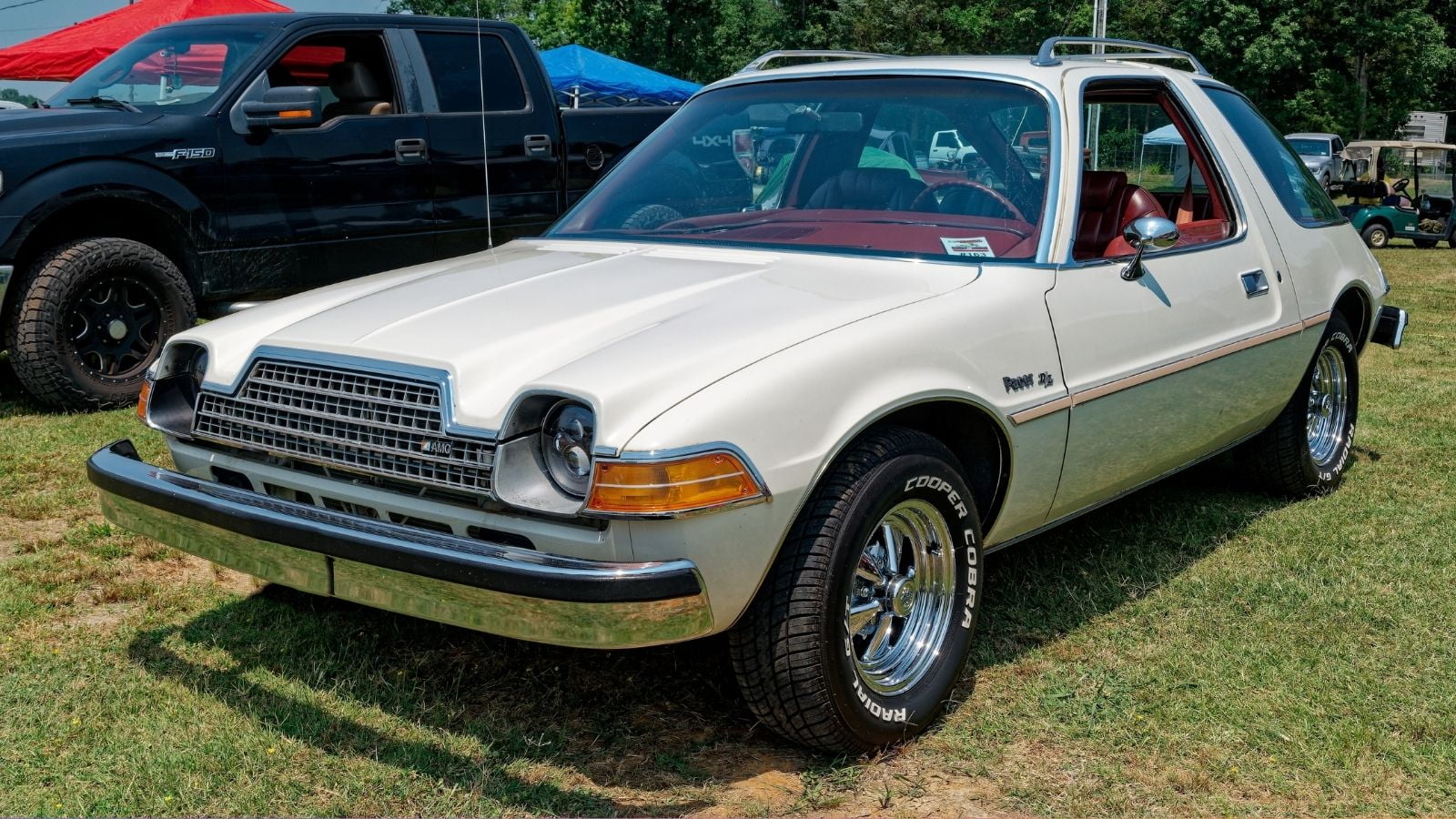
The AMC Pacer, affectionately known as the “Flying Fishbowl,” hit the scene in 1975 and was promptly greeted with confused looks and snickers. Its unusually wide body and expansive glass area resembled an aquarium on wheels. But here’s the kicker: it was designed to be a compact car with the interior space of a full-sized sedan. It was also one of the first American cars designed with aerodynamics in mind. Despite its quirks, or perhaps because of them, the Pacer found a cult following and is a quirky reminder of an era when car designs weren’t afraid to be a little eccentric.
NSU Ro 80
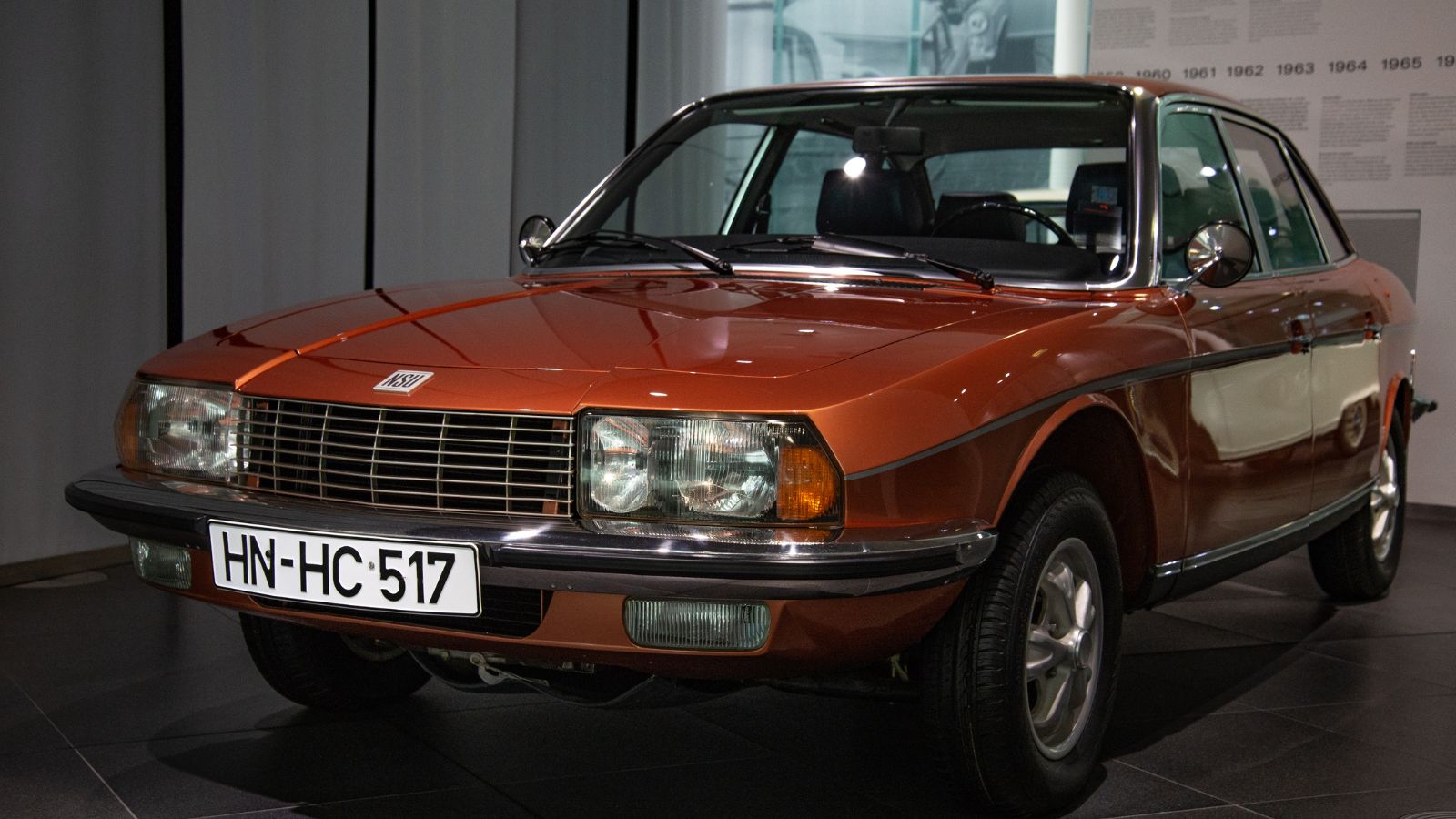
The NSU Ro 80, launched in 1967, was like that genius kid in school who was always misunderstood. It featured a revolutionary rotary engine that was supposed to be the future of automotive engineering. The Ro 80 also sported a sleek, aerodynamic design and advanced features like a semi-automatic transmission and disc brakes on all four wheels. Unfortunately, early models suffered from engine reliability issues, causing them to stall in the market. However, its innovative engineering earned it the European Car of the Year award in 1968 and paved the way for future rotary-engine enthusiasts.
Chevrolet Corvair
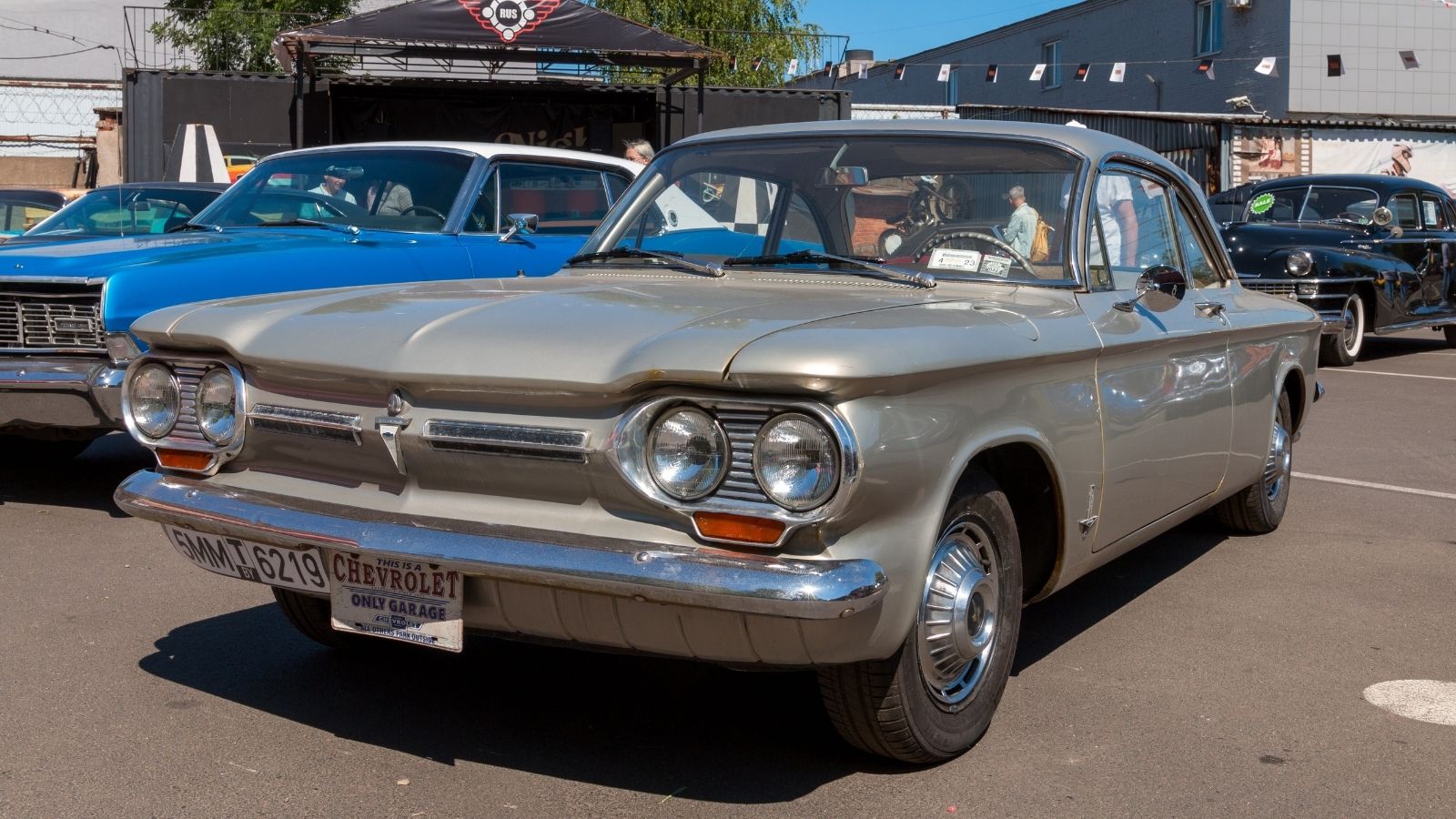
Poor Corvair. Introduced by Chevrolet in 1960, this rear-engine car was GM’s answer to the Volkswagen Beetle. It was stylish, affordable, and versatile, available in various body styles. However, Ralph Nader infamously condemned it in his book “Unsafe at Any Speed,” which criticized its handling. The damage was done despite subsequent models addressing these issues and incorporating numerous safety improvements. The Corvair’s innovative engineering, like its air-cooled engine and independent suspension, often gets overshadowed by controversy, leaving it as a misunderstood pioneer.
Studebaker Avanti
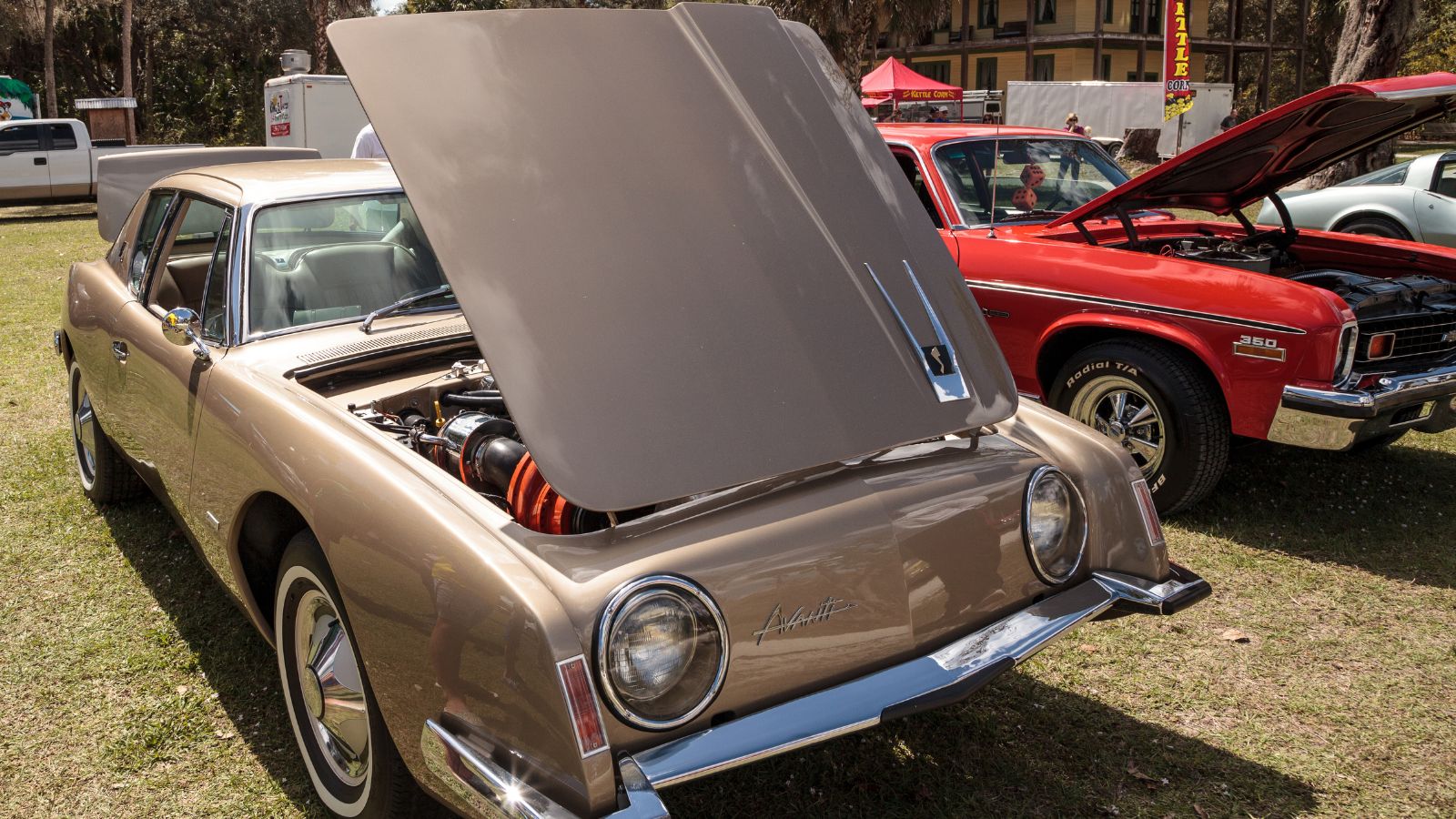
The Studebaker Avanti embodied Jet Age optimism when it launched in 1962. With its sleek fiberglass body, it looked like it was ready to blast off into space rather than cruise down Route 66. It was one of the first American cars designed with safety in mind, featuring a built-in roll cage and front disc brakes. The Avanti could also hit speeds over 120 mph, making it one of the fastest cars of its time. Despite its futuristic design and advanced features, the Avanti couldn’t save Studebaker from financial woes, leaving it a tantalizing “what if” in car history.
Mazda RX-7
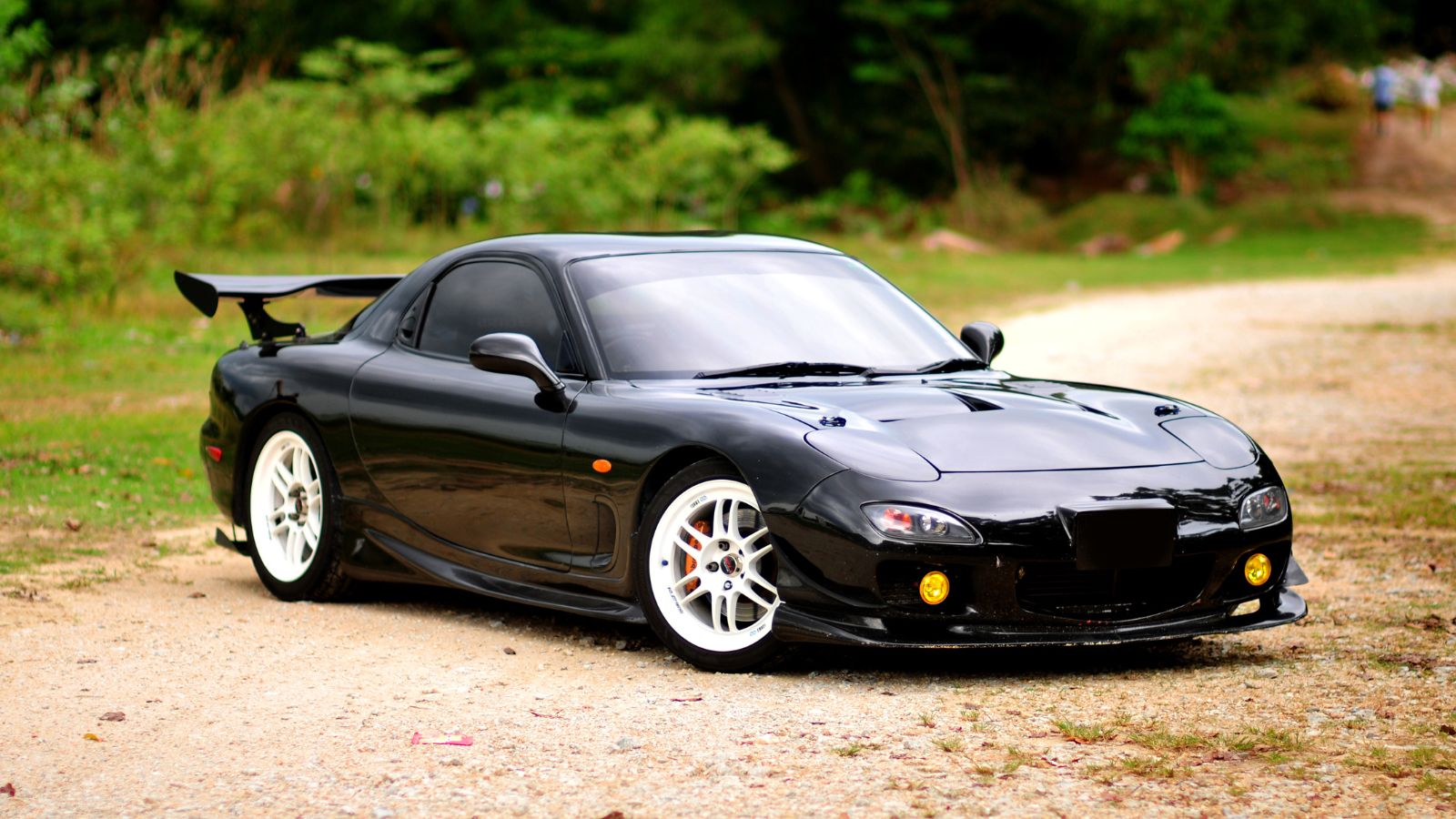
When people think of sports cars from the 1980s, they often picture European exotics or American muscle. However, the Mazda RX-7, launched in 1978, deserves a spot in the pantheon of revolutionary cars. Its rotary engine made it lighter and more agile than its competitors, and its near-perfect weight distribution made it a joy to drive. The RX-7’s sleek design and pop-up headlights gave it a distinct look that screamed ’80s cool. Despite the rotary engine’s quirks and the car’s underdog status, the RX-7 developed a dedicated fan base.
Honda Insight
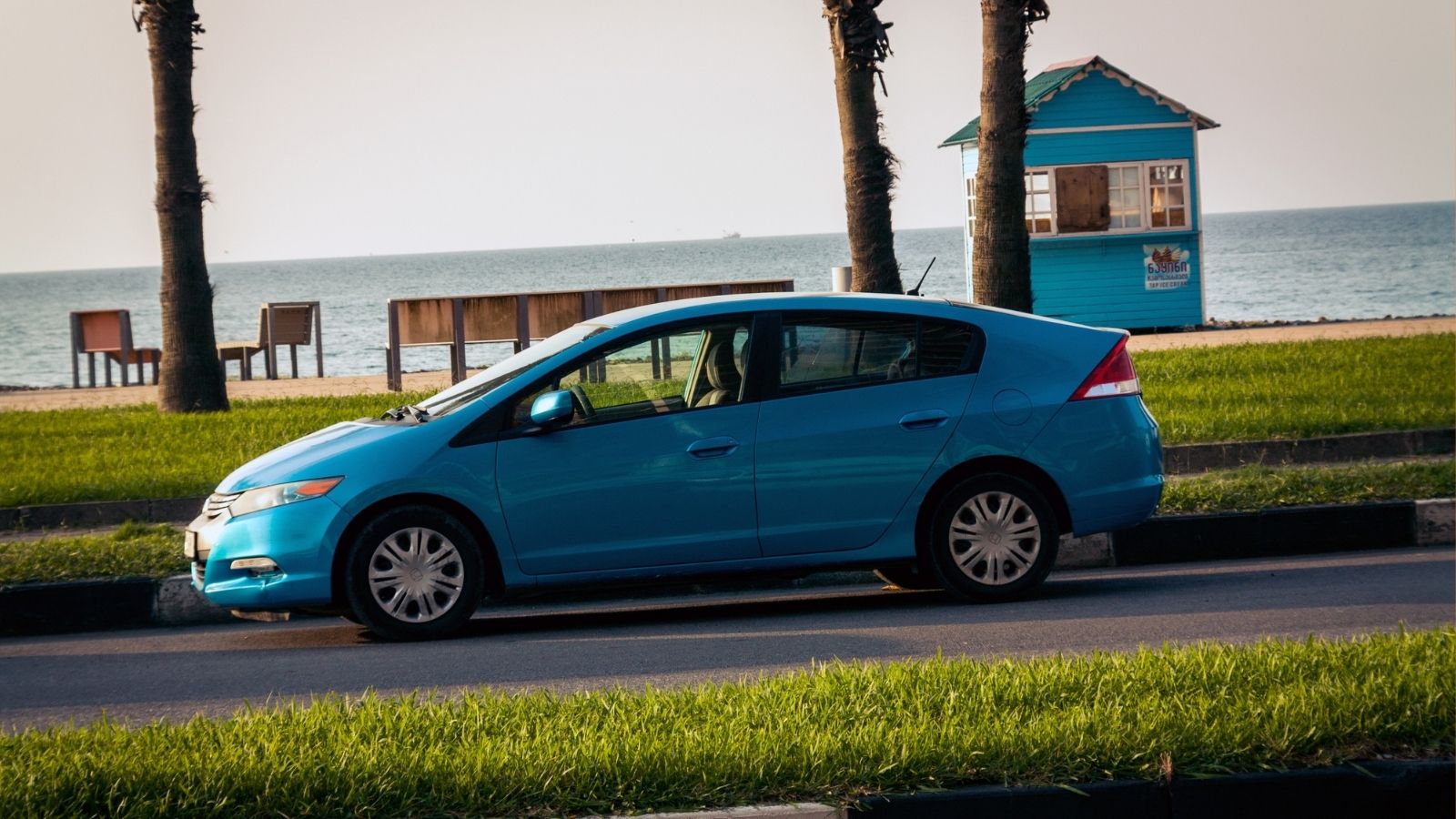
Before the Toyota Prius became synonymous with hybrids, there was the Honda Insight. Launched in 1999, the Insight was the first hybrid car sold in the United States. Its odd teardrop shape and lightweight aluminum body were all about maximizing fuel efficiency, achieving an impressive 70 miles per gallon. Regardless of its revolutionary technology, the Insight was overshadowed by the Prius, which offered more space and practicality. Yet, the Insight paved the way for the hybrid revolution, proving that eco-friendly cars could be more than a novelty.
The 10 Most Reliable Car Brands According to Mechanics
![]() When choosing a car, one of the most crucial factors is reliability. But what exactly does it mean when we say a car is reliable? Reliability refers to the vehicle’s ability to perform consistently well over time with minimal issues. A reliable car requires fewer repairs, is cost-effective to maintain, and offers peace of mind to the owner. In this article, we delve into the ten most reliable car brands according to mechanics, explaining why these brands are trusted and highlighting endorsements from institutions, car experts, and reputable websites. The 10 Most Reliable Car Brands According to Mechanics
When choosing a car, one of the most crucial factors is reliability. But what exactly does it mean when we say a car is reliable? Reliability refers to the vehicle’s ability to perform consistently well over time with minimal issues. A reliable car requires fewer repairs, is cost-effective to maintain, and offers peace of mind to the owner. In this article, we delve into the ten most reliable car brands according to mechanics, explaining why these brands are trusted and highlighting endorsements from institutions, car experts, and reputable websites. The 10 Most Reliable Car Brands According to Mechanics
